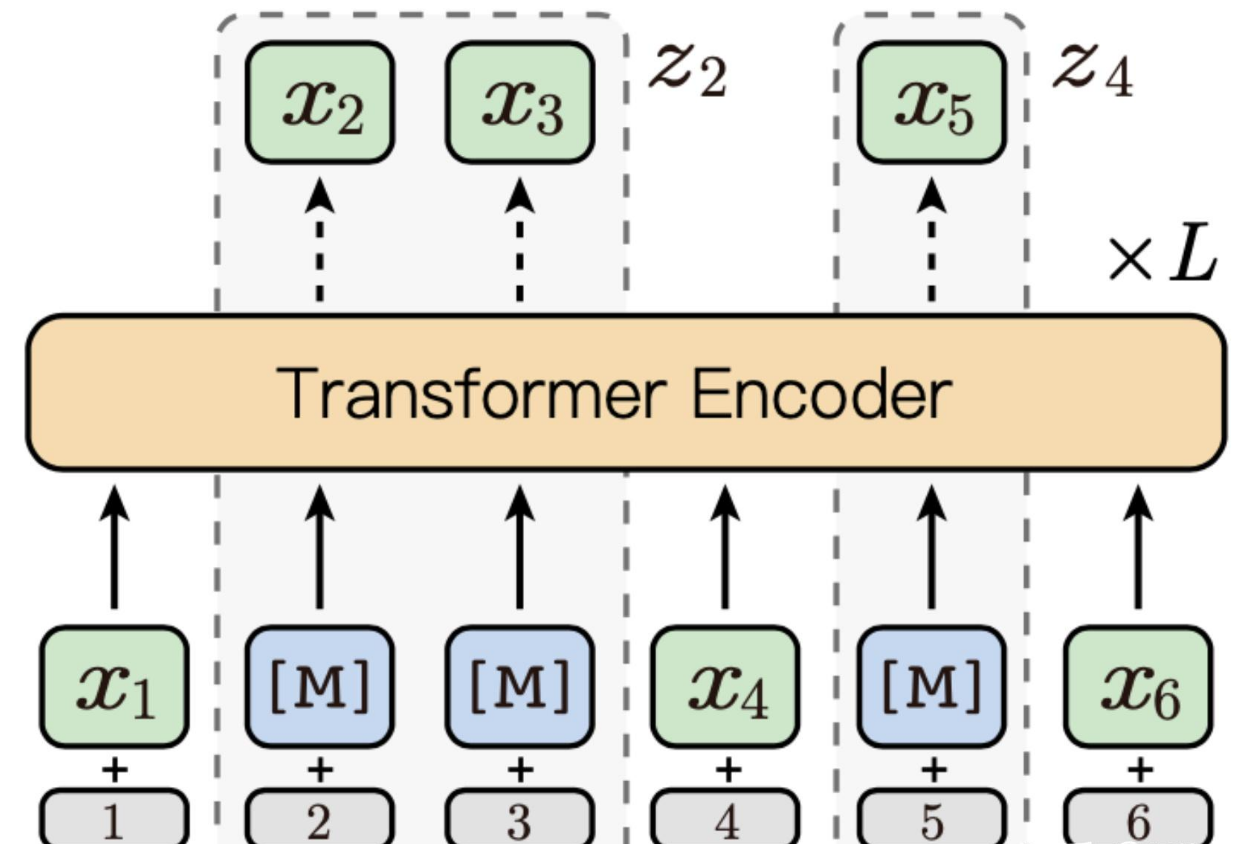KenLM 是一个高效的开源 n-gram 语言模型库,其 Python 接口 kenlm 广泛应用于自然语言处理任务(如文本纠错、机器翻译评分、语音识别)。以下从核心功能、接口详解到实战案例进行系统解析:
🔧 一、安装与编译
1. 源码编译(Linux 推荐)
# 安装依赖
sudo apt install libboost-all-dev libbz2-dev cmake
# 下载并编译 KenLM
wget -O - https://kheafield.com/code/kenlm.tar.gz | tar xz
mkdir kenlm/build && cd kenlm/build
cmake .. && make -j8
- 关键点:需
g++≥9.0 和 Boost 库支持。
2. Python 模块安装
pip install https://github.com/kpu/kenlm/archive/master.zip
🧩 二、核心接口详解
1. 模型加载与基础属性
import kenlm
model = kenlm.Model("lm.bin") # 加载二进制模型
print(f"{model.order}-gram model") # 查看 N-gram 阶数
- 支持格式:
.bin(二进制)或.arpa(文本)。
2. 句子评分
- 整句概率(对数域):
sentence = "how are you" score = model.score(sentence, bos=True, eos=True) # 包含句首/句尾标记 print(score) # 值越接近 0 表示概率越高 - 评分原理:
log P ( S ) = ∑ log P ( token i ∣ context i − 1 ) \log P(S) = \sum \log P(\text{token}_i | \text{context}_{i-1}) logP(S)=∑logP(tokeni∣contexti−1)。
3. 细粒度得分分析
- 逐 Token 得分:
words = sentence.split() for i, (prob, ngram_len, oov) in enumerate(model.full_scores(sentence)): print(f"Token: {words[i]}, Prob: {prob}, N-gram: {ngram_len}, OOV: {oov}") - OOV 检测:
if "unknown_word" not in model: print("Out-of-Vocabulary!")
4. 状态流评分(实时解码)
state_in = kenlm.State()
state_out = kenlm.State()
model.BeginSentenceWrite(state_in) # 初始化句首状态
total_score = 0
for word in words:
score = model.BaseScore(state_in, word, state_out)
total_score += score
state_in = state_out # 状态转移
- 适用场景:语音识别、实时文本生成等流式任务。

⚡ 三、典型应用场景
1. 文本纠错(智能替换)
def correct_a_an(sentence):
if " a " not in sentence and " an " not in sentence:
return sentence
# 生成所有 a/an 组合候选
candidates = generate_candidates(sentence)
best_sentence = sentence
best_score = model.score(sentence)
for cand in candidates:
cand_score = model.score(cand)
if cand_score > best_score: # 分数越高,句子越合理
best_sentence, best_score = cand, cand_score
return best_sentence
- 案例:将
"a apple"纠正为"an apple"。
2. 语言模型训练流程
- 数据预处理:分词后空格分隔(例:
"我 去 了 学校")。 - 训练 ARPA 模型:
bin/lmplz -o 3 --text corpus.txt --arpa model.arpa # 3-gram - 压缩为二进制:
bin/build_binary model.arpa model.bin # 加速加载
🚀 四、高级功能
- 自定义 N-gram 阶数
-o参数控制阶数(如-o 5为 5-gram),高阶需更大内存。 - 状态序列复用
通过State对象传递上下文,避免重复计算,提升解码效率。 - 与 PyCorrector 集成
直接加载 KenLM 模型用于中文纠错:from pycorrector import Corrector cor = Corrector(language_model_path="lm.bin") print(cor.correct("消读的步骤")) # 输出:("消毒的步骤", [('消读', '消毒')])
💎 五、最佳实践与避坑指南
| 问题 | 解决方案 | 参考 |
|---|---|---|
编译时报 No CMAKE_CXX_COMPILER | 安装 g++:sudo apt install g++ | |
| Windows 编译失败 | 使用 WSL 或 Linux 环境 | |
| 评分时忽略句首/句尾 | model.score(sentence, bos=False, eos=False) | |
| 内存不足 | 降低 N-gram 阶数(-o 2)或使用二进制压缩 |
💡 关键提示:
- 模型加载速度:
.bin⚡ 比.arpa🐢 快 10 倍以上。- 英文纠错用 2-gram 足够;中文推荐 3-gram 以上。
总结
KenLM Python 模块以 高效评分 和 灵活状态管理 为核心优势,特别适合:
- ✅ 实时纠错系统
- ✅ 大规模语言模型评估
- ✅ 资源受限环境(嵌入式设备)
结合预编译二进制模型与流式接口,可无缝集成至工业级 NLP 流水线。完整示例见 KenLM GitHub。
通过语言模型评分驱动决策,KenLM 成为文本纠错、语音识别重排序等任务的基础工具。
























 104
104

 被折叠的 条评论
为什么被折叠?
被折叠的 条评论
为什么被折叠?








